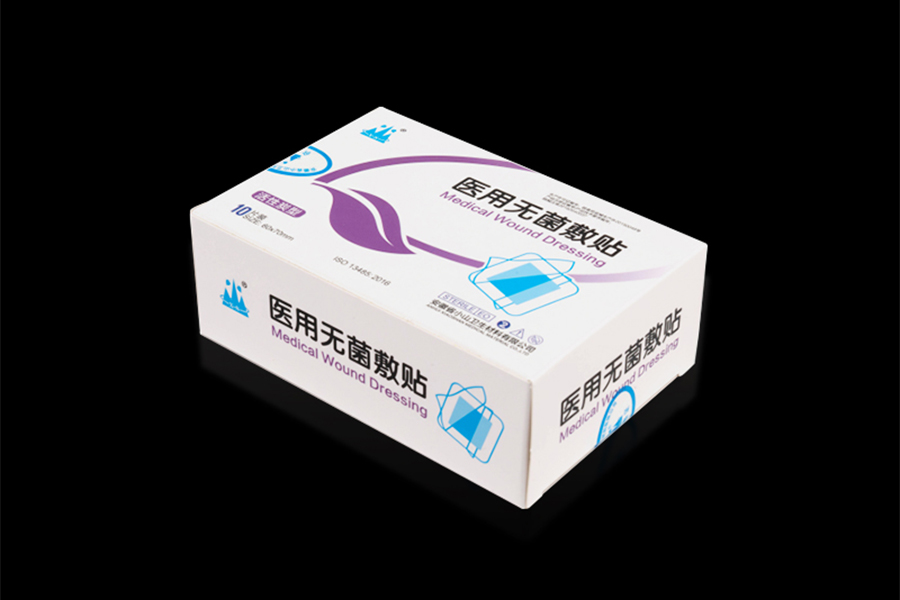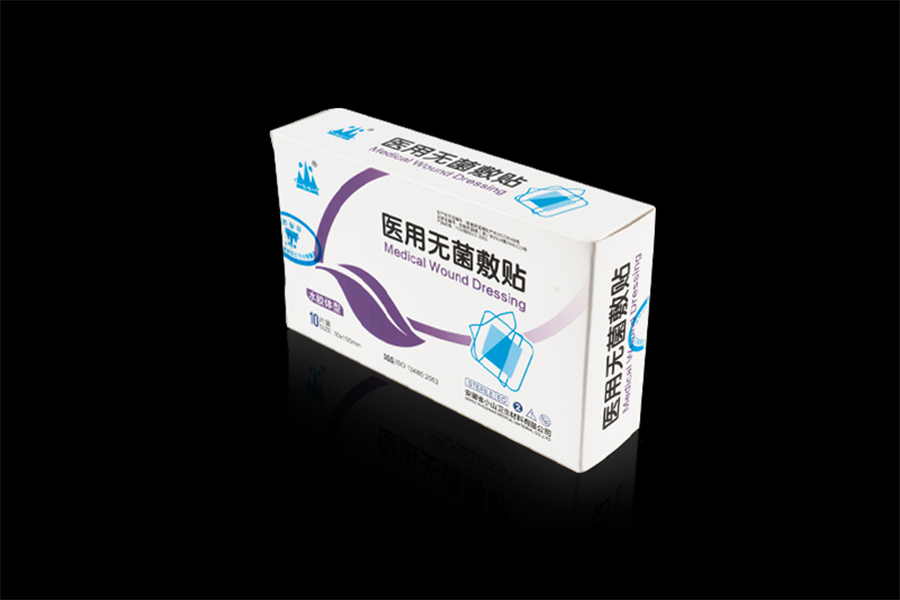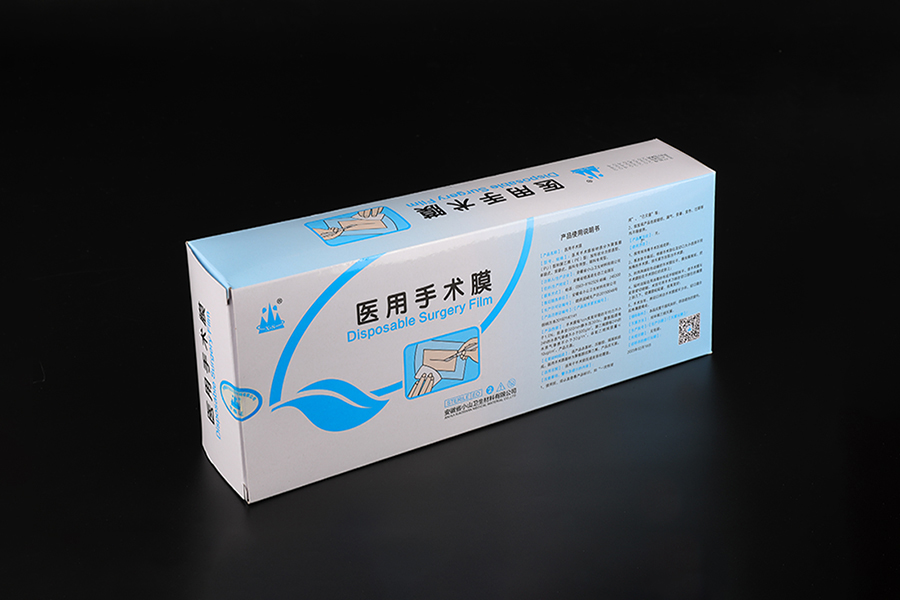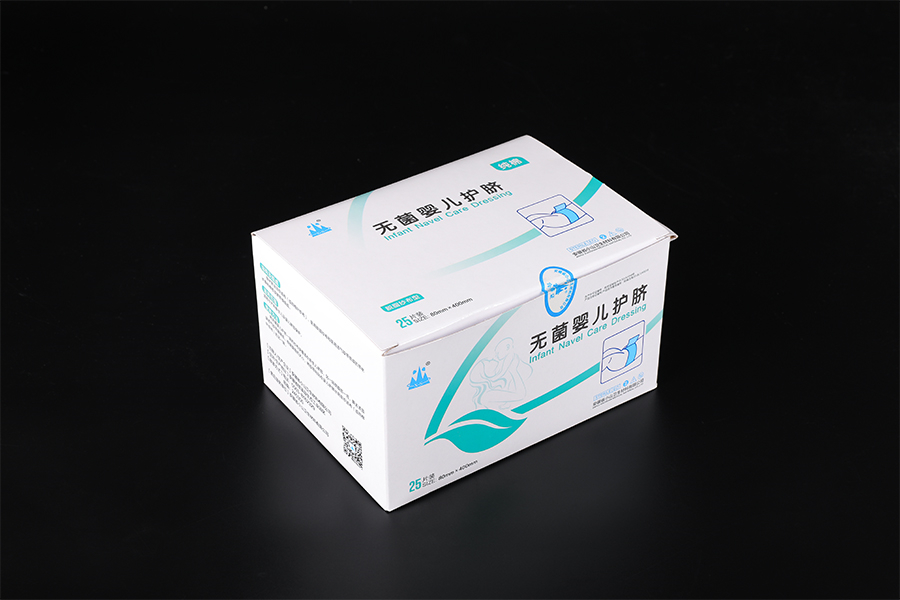Healthcare professionals may choose to apply a gauze bandage roll using a specific wrapping technique based on several factors, including the type and location of the wound, the desired level of compression, and the individual patient's needs. Each wrapping technique has unique advantages and is suited for different situations:
Spiral Technique: This involves wrapping the gauze bandage roll in a continuous spiral around the limb or body part. The spiral technique is commonly used for securing dressings and providing support to the wound area. It allows for even distribution of pressure and maintains the dressing securely in place without excessive constriction.
Figure-Eight Technique: In this technique, the gauze bandage roll is wrapped in a figure-eight pattern around the limb or joint. The figure-eight technique is often used in areas where flexibility and range of motion need to be preserved, such as joints. It provides support while allowing for movement and can help reduce swelling by promoting lymphatic drainage.
Circular Technique: This involves wrapping the gauze bandage roll in overlapping circles around the wound or body part. The circular technique is commonly used for applying compression to control bleeding, reduce swelling, or support injured limbs. It provides consistent pressure and coverage over the entire wound area.
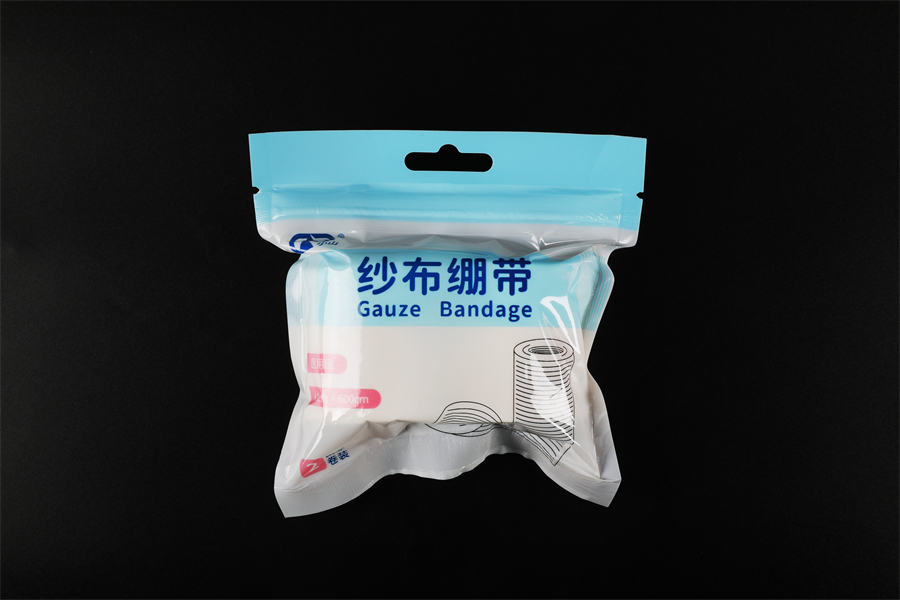
The chosen wrapping technique can impact wound healing in several ways:
Pressure Distribution: The wrapping technique determines how pressure is distributed over the wound area. Proper pressure distribution is essential for promoting blood circulation, reducing swelling, and preventing tissue damage.
Range of Motion: Some wrapping techniques, such as the figure-eight technique, allow for greater flexibility and range of motion in joints, which can be beneficial for certain types of injuries or wounds.
Wound Stability: Different wrapping techniques provide varying levels of stability and support to the wound site. The chosen technique should secure the dressing in place without causing discomfort or restricting blood flow.
Lymphatic Drainage: Certain wrapping techniques, such as the figure-eight technique, can facilitate lymphatic drainage, which may help reduce swelling and promote faster healing.

 English
English 中文简体
中文简体
